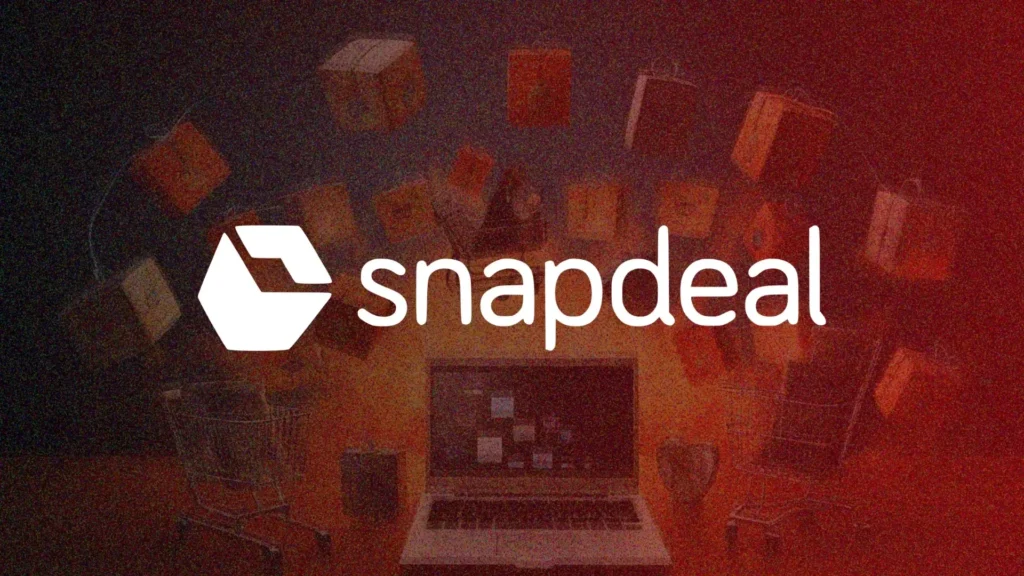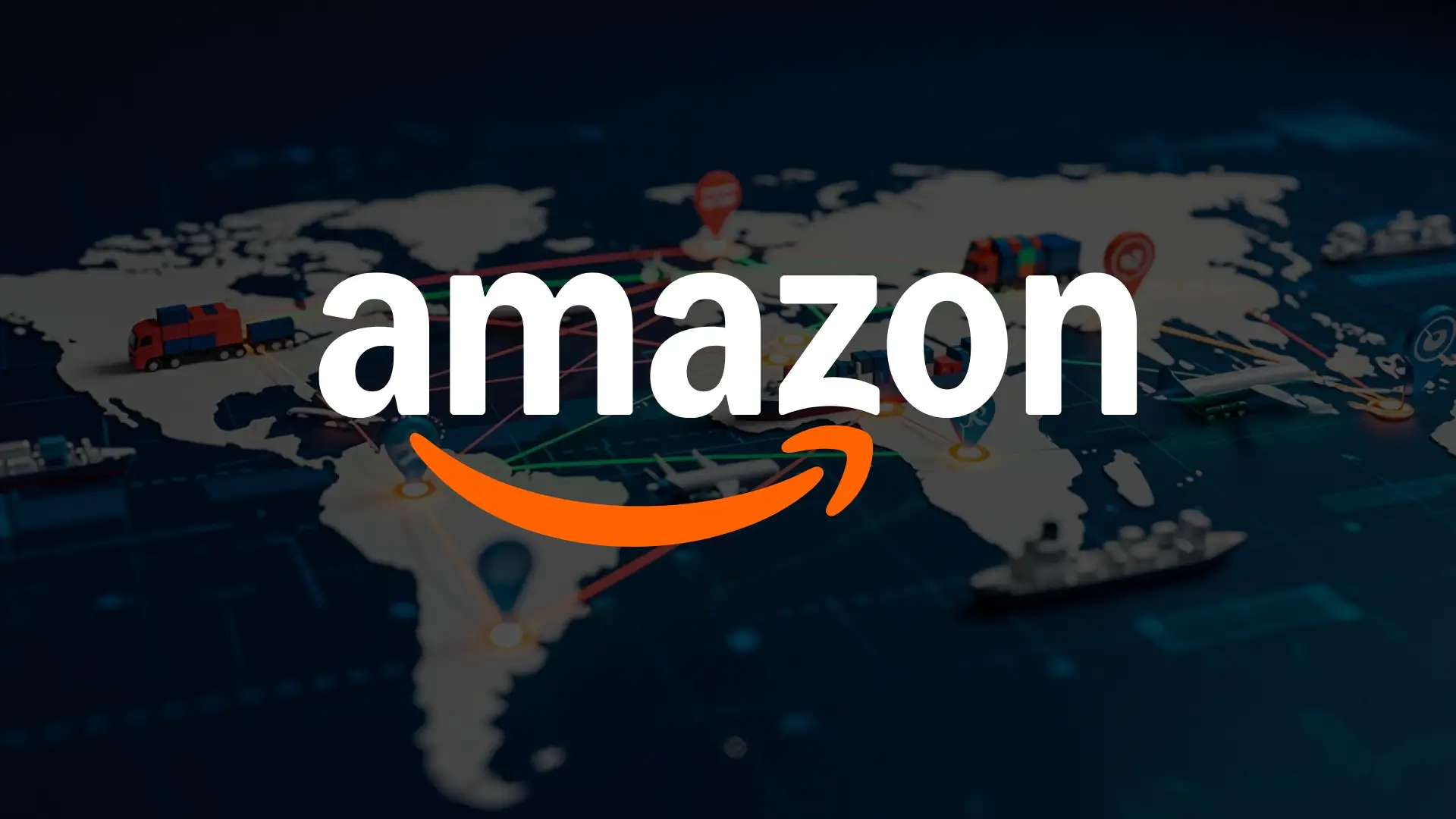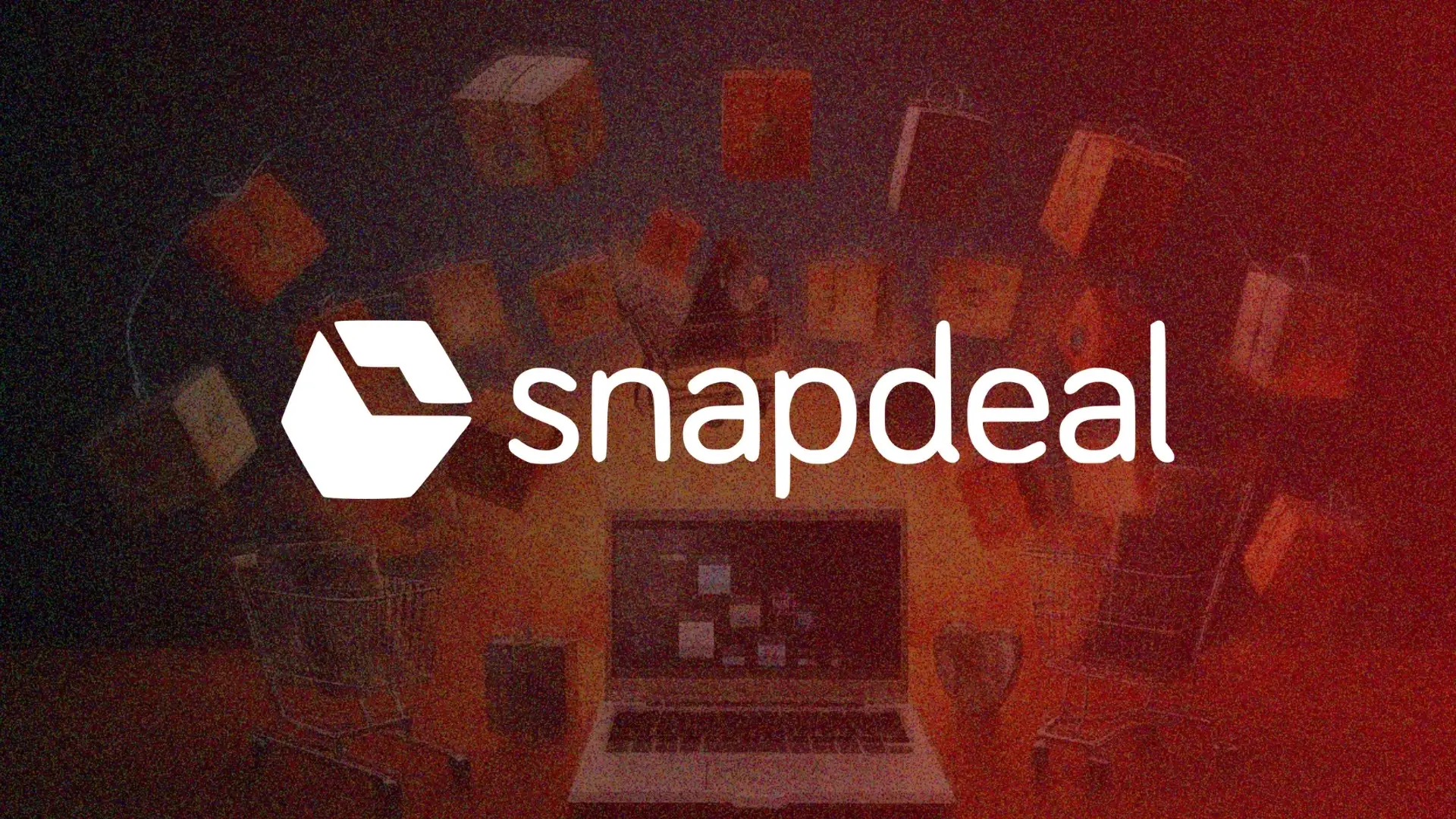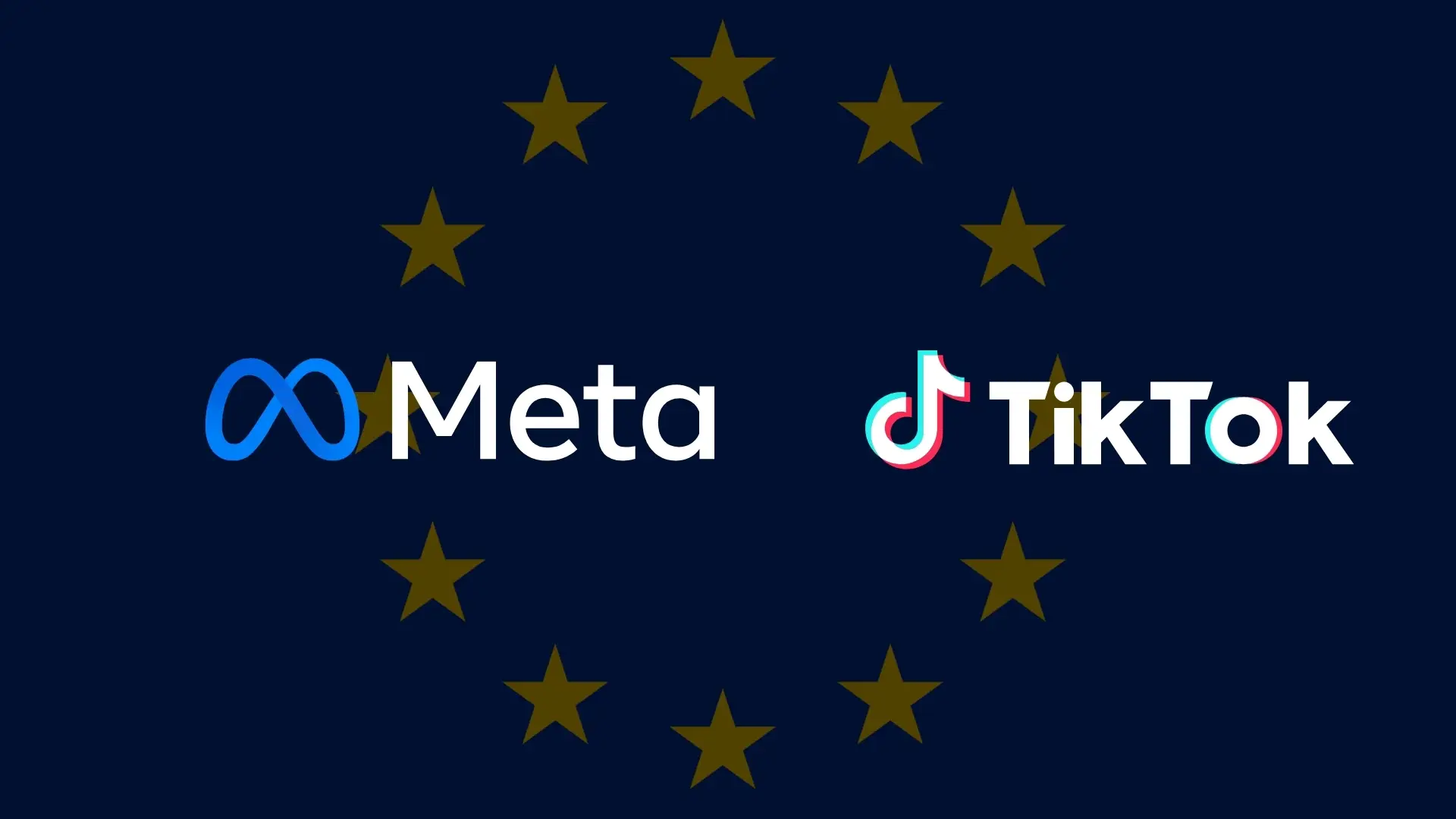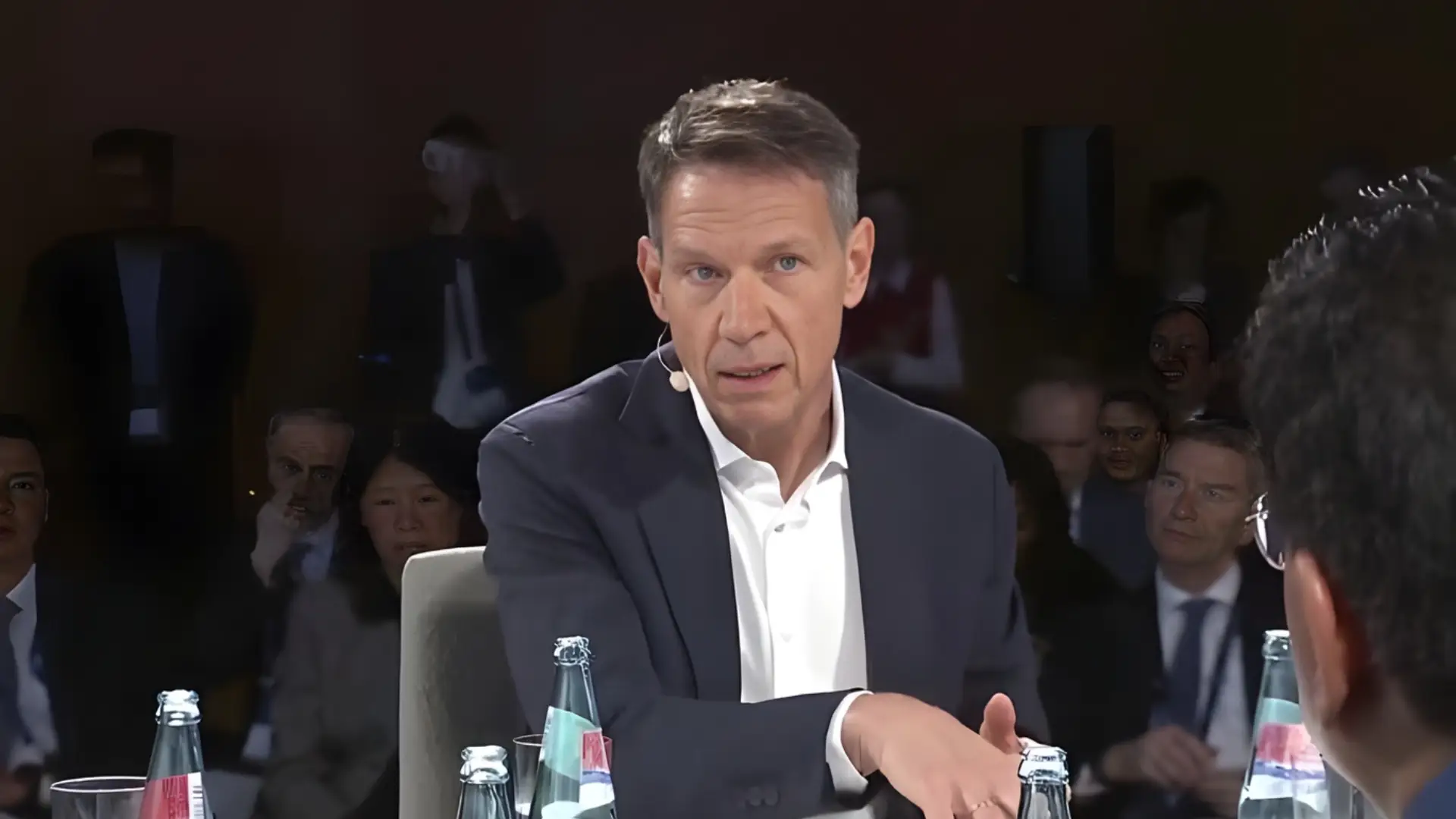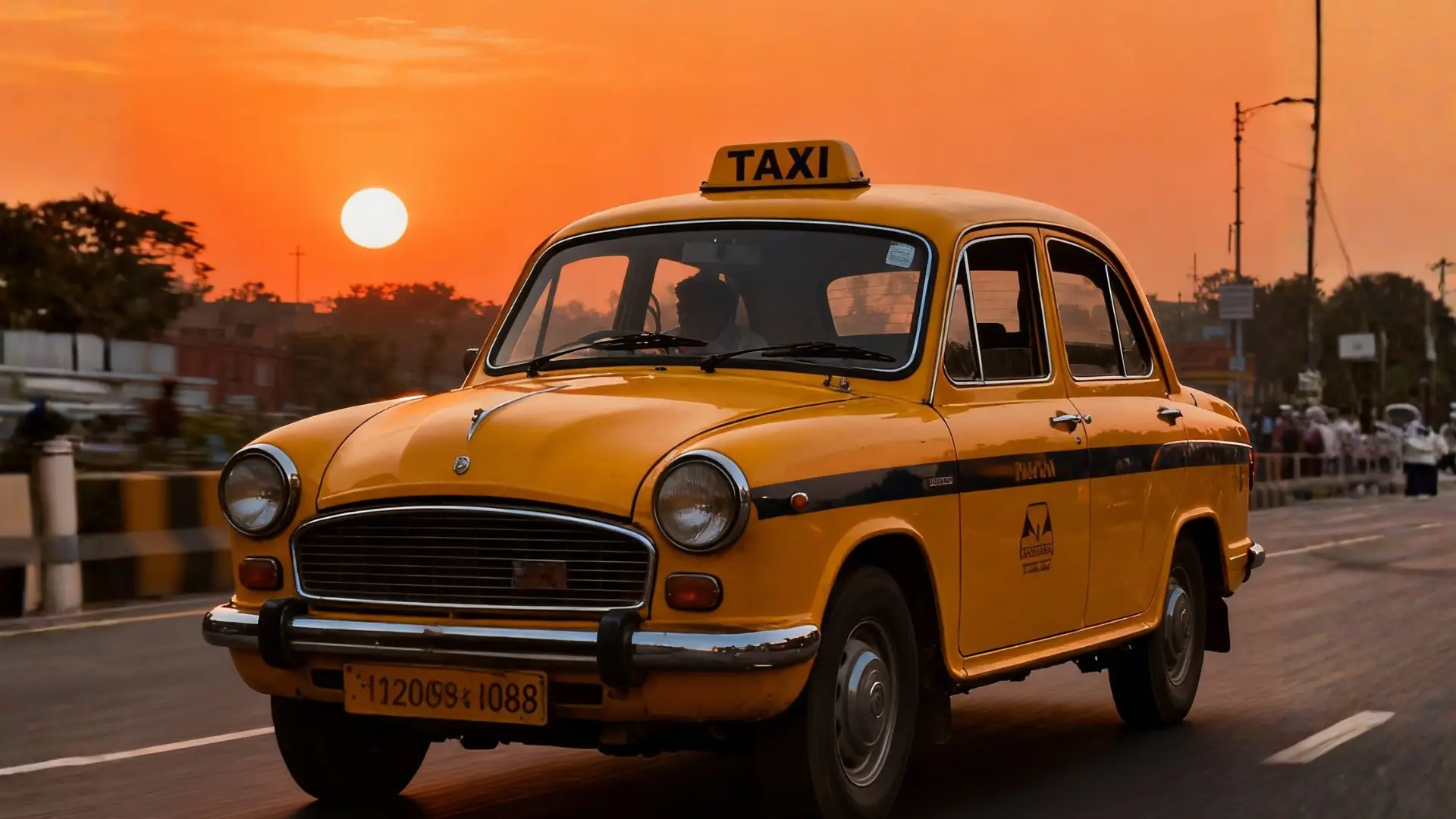Snapdeal was a name very well-known and has a separate place in the Indian startup history. It reached a massive US$6.5 billion and has seen numerous challenges and made a strong comeback after some big struggles. But the team is so strong and dedicated to withstand all the turbulences on their way.
The story of Snapdeal gives us multiple insights and lessons that we as startup enthusiasts must learn. In this article we will do a deep dive to understand the whole story of the Snapdeal, from its founding story to the acquisition news and then the 2.0 journey of Snapdeal. And what’s happening these days?
During the Indian e-commerce revolution, Snapdeal once defined how millions of Indians discovered and shopped online. The story of Snapdeal started in the year 2010, when Kunal Bahl and Rohit Bansal, two school friends from Delhi, decided to begin their journey. Snapdeal was started as a daily deals and coupon site, helping users save on restaurant meals, movie tickets, and local services. But what started as a modest venture soon transformed into one of India’s earliest and most ambitious e-commerce marketplaces.
Snapdeal quickly expanded its vision from a discount-based model to a full-fledged online marketplace, connecting small and medium businesses with consumers across the country. By offering an expansive catalogue from fashion and electronics to home essentials and lifestyle goods, it democratized access to online shopping at a time when digital penetration in India was still limited.
The company saw an astonishing period from 2012 to 2016. That was the time when global investors such as SoftBank, Alibaba, and eBay backed the company. Snapdeal’s aggressive marketing campaigns, vast seller network, and discount-driven model helped it become one of the top three players in the Indian e-commerce ecosystem, alongside Flipkart and Amazon.
But the momentum finished in a short time as the landscape started changing. Flipkart and Amazon were doubling down on logistics, ecosystem lock-in, and customer experience. With the rise in competition, Snapdeal’s journey started facing problems. By 2016, India’s e-commerce segment had become a strong, warlike zone of capital. Amazon had already committed more than $5 billion to its India operations, including a massive $3 billion investment announcement that year alone, while Flipkart had secured approximately $3.15 billion in funding. In contrast, Snapdeal’s funding stood at $1.5 billion.
The company faced some problems, such as high cash burn and an unprofitable business model. In FY16, the losses jumped to ~₹3,316 crore from ~₹1,328 crore the year before. These high costs ruined the unit economics of the company. This again came from its over-diversification of its business. To compete with Amazon and Flipkart, it ventured aggressively into multiple verticals. It acquired FreeCharge in 2015 to enter the digital payments space, invested in logistics firms like GoJavas, and even experimented with inventory-led and wholesale models.
When the company rapidly diversifies, it all comes at a cost. Each new initiative demanded resources, leadership focus, and capital, gradually stretching the company’s core operations thin. The focus of the company has been disturbed, and business started to struggle. As they tried everything, it somehow didn’t work. As a result, revenue from operations has fallen from ₹1,158.9 crore in FY16 to ~₹436.1 crore in FY18. Even they had to reduce the employee count; as a result, from 2000+ in FY16, it came down to 750 by 2019.
But during these three years’ time frame, Snapdeal had hit its lowest point. The company was now struggling to survive the losses, declining market share, and loss of investor confidence. No big investor is ready to pump in huge money. And that’s the period when Flipkart had talks with the company to acquire it. But some reports say that Kunal Bahl and Rohit Bansal refused to sell. They believed that Snapdeal still had a soul worth fighting for.
In July 2017, the company publicly announced that it would call off the merger talks and instead focus on rebuilding the company independently. That was a decision that shocked India’s startup world. That’s when Snapdeal 2.0 marked the beginning.
Now they changed the whole direction; they returned to the roots by serving value-conscious Indian shoppers in Tier 2 and Tier 3 cities, a segment often overlooked by premium-focused e-commerce giants. They reduced the heavy discounts and even had no acquisitions. The founders streamlined operations, sold non-core businesses, including FreeCharge to Axis Bank for $38 million in 2017, and dramatically reduced expenses.
From burning hundreds of crores each month, Snapdeal became one of the few Indian e-commerce firms to report positive cash flow. Between FY17 and FY21, the losses reduced by 95%, revenues started stabilizing, and steady growth was seen in Tier 2–4 markets. The number of unique sellers rose again, as Snapdeal became a go-to platform for budget-conscious Indian households.
After stabilizing its business model and restoring investor confidence, Snapdeal began preparing for the next chapter, which is public listing. In December 2021, the company filed its DRHP (Draft Red Herring Prospectus) with SEBI, aiming to raise around ₹1,250 crore through a public issue. But due to volatile market conditions and corrections in tech valuations, it withdrew its IPO plans.
As of today, Snapdeal continues to operate as one of India’s largest value-focused online marketplaces, catering to millions of customers in smaller towns and cities. But the struggle is still there, and it is struggling to attain its dominance like before. But the rise in competition and rise of quick commerce could even raise the problems in the future. Let’s see how this story turns out in the future.
Also Read: Government Extends LC-75 and BLC Options to Central Employees under NPS and UPS


